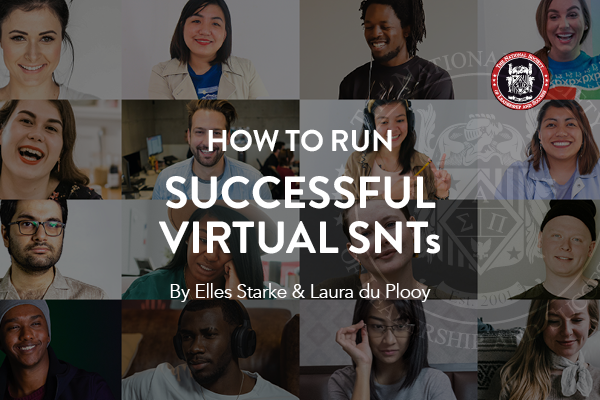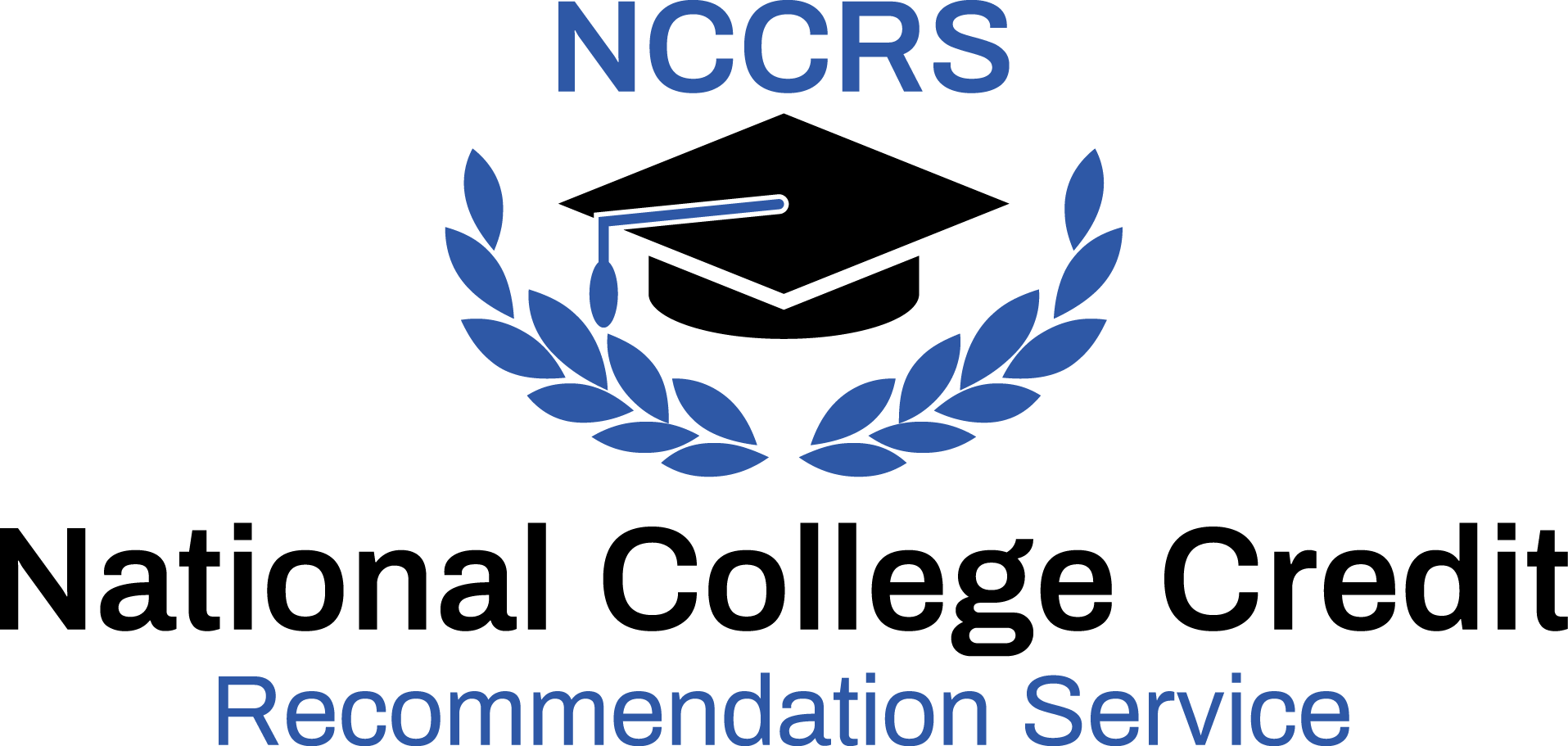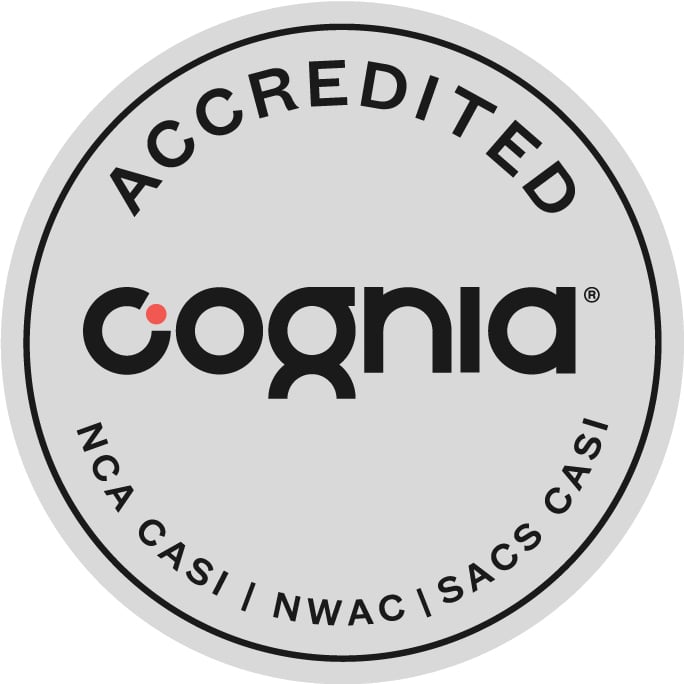By: Elles Starke and Laura du Plooy
Even before the coronavirus shut down on-campus instruction, Eastern Washington University was cultivating a successful distance learning program to serve students around the globe.
Consequently, our NSLS chapter has always served both campus-based and distance learning students, but as our online students have multiplied, we quickly realized we needed to adapt our meeting formats to include university students who lived too far away to make it to our on-campus events.
Over recent years, we’ve overcome a variety of challenges as we tried to find ways to make the Success Networking Teams (SNT) experience more inclusive for all members of our NSLS chapter. By implementing virtual SNTs and some of the other techniques mentioned below, we were able to seamlessly transition once the pandemic struck.
Initial Challenges with Virtual SNTs
Our issues began when we noticed the most difficult NSLS foundational step to accommodate from a distance was our Success Networking Team (SNT) meetings. We realized the contemporary format for SNTs was sometimes problematic when we tried to include virtual students. Other issues we faced included:
-
Conference calls left members feeling disconnected.
-
Early Zoom attempts were moderately successful but videos shared over Zoom often froze in the virtual space and our usual ice-breakers fell flat.
One of the bigger challenges was that our rural and outlying students didn’t always have access to the fastest or most reliable Internet. Some students also held back in online groups, unsure how to socialize in this formerly unique setting.
We kept at it, changing things up, surveying our members, and looking for new ideas. Over the course of about a year, our prototype for virtual SNTs morphed into the model we are still using today. Luckily, many of the elements we include in our program are part of the Live Online platform that NSLS created to make it easier for chapters across the country to deliver a virtual experience to members, while maintaining elements of face-to-face interaction.
One main difference in our SNTs is that rather than forming members into their own groups and directing them to conduct their own meetings, we created a mentor-led framework for Foundational SNTs.
SNT Structure at Eastern Washington
Each SNT group at the Eastern Washington University NSLS Chapter is led by an E-Board member or Advanced/Executive Certification student serving as facilitator. At the first SNT meeting, the facilitator leading that group will explain the SMART goal structure to our students and share how harnessing one’s action steps can lead to the member’s success.
The facilitator then explains how the remainder of the first meeting will proceed: each member in turn, beginning with the SNT leader modeling the format, introduces themselves, their major, and likely career goals. They offer their graduation date and any additional personal details they want to share with the group. A member might reveal their occupation, family life, pets, or passions.
At the end of their turn, each member of the SNT group will reveal their SMART goal and intended action steps they’ve outlined. This starts an open conversation led by the facilitator, who often has experience in this type of setting, where other members can provide feedback on the goal and ask questions.
Maximizing SNTs During COVID
In a strange way, our early transition to guided SNTs has also made navigating the pandemic easier for our chapter, as we were offering members online SNTs for some time before the virus and Live Online. Now that Covid-19 campus closures will extend through the end of this academic year at our university, it has become the only model we can safely offer our members for the foreseeable future.
These meetings have become a lifeline for many students cut off from university services and have helped members feel a little less alone while social distancing.
While the model we use differs from the format most of us are familiar with from the Foundations of Leadership Program prior to the creation of Live Online, we discovered our virtual SNT model offers a much needed, guided experience that really benefits our students. The Live Online platform only makes it that much easier for chapters to continue delivering the social interaction members need virtually.
This novel arrangement helped us cultivate the nurturing, professional environment our members sought. Guided SNTs enabled distance students to participate fully in chapter activities, without driving an hour or longer to campus.
They also enabled us to engage with our members from a more student-centered perspective. The change sparked immeasurable creativity among our active membership and Executive Board alike. We stopped thinking inside the box and started reaching for what lay beyond it.
Tips for Successful Virtual SNTs
-
Use the SNT Sorter in the Live Online platform to determine the availability of members and set times for group meetings.
-
Keep meetings to 8 people or less--including the group leaders.
-
Keep meetings to an hour or less officially (though members can always choose to meet socially after the meeting has concluded).
-
Schedule additional SNTs if members have an appetite for them. This helps build stronger connections, even if the SNTs are virtual.
-
It can be helpful to have two facilitators at meetings, one to engage with members and one to manage the chat box.
-
Remind all SNT groups of your chapter’s Code of Conduct. Set expectations regarding respect and dialogue towards other group members, such “this is a safe place,” “everyone is rooting for them,” “confidentiality is expected,” etc.
-
Have handouts or virtual documents ready for commonly requested items: time management resources, self-care tips, campus or community mental health tools, housing or food insecurity resources, NSLS scholarship details, NSLS Executive/Alumni Board roles and responsibilities, Covid-19 information, etc.
-
Create a PDF using screenshots to provide directions to members on submitting their SNT reports.
-
Webcams are encouraged, but optional. While we want the members to feel comfortable, cameras have helped build connections virtually that doesn’t happen as quickly without cameras being on.
-
Consider creating an Alumni SNT group, for inducted members only, who enjoy the accountability and brainstorming these sessions offer- ours meets biweekly.
SNTs Extend Beyond NSLS
We remind our SNT group members that we’re there for them in all things, not just NSLS. One SNT leader uses the example of an eviction notice. If a student received one and had no idea where to start looking for resources, they could contact us and the chapter would get them pointed in the right direction, hook them up with community aid or non-profits, etc.
We encourage members to share any tangible progress with the group, like one member and her interpretive dance routine or another who shares character drawings... again, it’s a safe place to share and good practice for them too.
Another option for larger chapters is themed groups. For example, we have had interest from educators, writers, veterans, and members in the social work fields who seek the SNT experience with professional peers. Themed groups can host speaker events, community service, and professional development classes specifically related to that field. They offer members additional leadership opportunities and boost the camaraderie within the chapter.
The steps we have taken have had a major impact on new members, and have established a strong foundation between our existing members, Executive Board members, and even alumni. It is one of the reasons we’ve seen our new membership go from about 130 in 2018 to 320 in 2019 and to more than 350 in 2020.
While all of these tips may not apply at all chapters, we hope that some of these elements can help you build a stronger NSLS chapter at your school, especially if you use it in conjunction with the Live Online platform.
 Elles Starke loves to write anything, except her own bio. She has been involved with the NSLS for more than four years and is currently a member of the Learning Guild and Chapter President at Eastern Washington University. Nearly finished with an M.Ed. in Learning and Technology, Elles B.A. is in Addiction Studies and Disability Studies. Her passions lie at the intersection of storytelling, diversity, and inclusion. A proud maman, gamer, music lover, and cheetah, she has rarely met a burrito she didn’t like. Find her @EllesStarke on Twitter.
Elles Starke loves to write anything, except her own bio. She has been involved with the NSLS for more than four years and is currently a member of the Learning Guild and Chapter President at Eastern Washington University. Nearly finished with an M.Ed. in Learning and Technology, Elles B.A. is in Addiction Studies and Disability Studies. Her passions lie at the intersection of storytelling, diversity, and inclusion. A proud maman, gamer, music lover, and cheetah, she has rarely met a burrito she didn’t like. Find her @EllesStarke on Twitter.
 Laura du Plooy joined the NSLS in Fall 2019, is currently the Membership Outreach Chair for Eastern Washington University, and serves on the Learning Guild. She graduated magna cum laude from EWU last spring and is currently pursuing her MBA, which she will follow with a MSML. Laura loves people. She is passionate about helping others realize their self-worth and empowering them to leverage their skills in pursuit of their dreams. She is dedicated to absorbing as much knowledge as possible and utilizing it to help make the world around her a little brighter everyday. Laura is a proud mother, true crime aficionado, and dreams of building her own tiny home out of reclaimed materials, in which she can travel, meet a plethora of people, and listen to their stories. Find her on LinkedIn at www.linkedin.com/in/LauraduPlooy.
Laura du Plooy joined the NSLS in Fall 2019, is currently the Membership Outreach Chair for Eastern Washington University, and serves on the Learning Guild. She graduated magna cum laude from EWU last spring and is currently pursuing her MBA, which she will follow with a MSML. Laura loves people. She is passionate about helping others realize their self-worth and empowering them to leverage their skills in pursuit of their dreams. She is dedicated to absorbing as much knowledge as possible and utilizing it to help make the world around her a little brighter everyday. Laura is a proud mother, true crime aficionado, and dreams of building her own tiny home out of reclaimed materials, in which she can travel, meet a plethora of people, and listen to their stories. Find her on LinkedIn at www.linkedin.com/in/LauraduPlooy.









